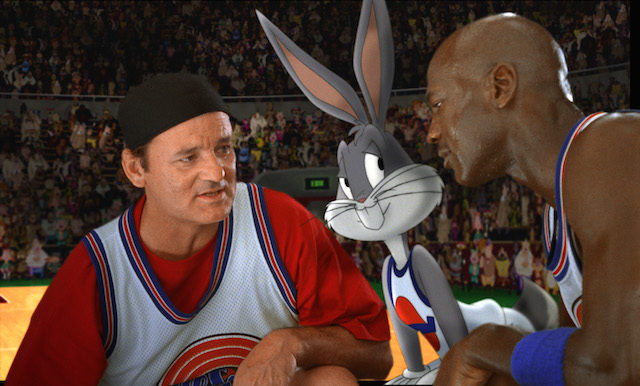Animation with live-action is a combination of both the films, i.e., live-action & computer-generated animation graphics in the form of fictional characters or figures featured by cast members through motion capture, then is animated & demonstrated by professional Animators. On the other hand, traditionally animated live-action movies used hand-drawn techniques, computer-generated imagery, or stop motion animation.
Going back in history, the popular silent film from 1920 & 1930, the animated cartoon character of Max Fleischer from the series ‘Koko the Clown’ that interacted with live-action in a boxing match with a real kitten. After Fleischer, the technique of live-action animation was used by Walt Disney in its directorial debut, i.e. Oswald the Lucky Rabbit in 1927, Mickey Mouse in 1928, Alice comedies cartoons in which Alice, the live-action girl interacts with animated cartoon characters. In 1940 Warner Bros. cartoon called ‘You Ought to Be in Pictures’ directed by Friz Freleng, in which characters interacted with live-action people. The animated sequence film ‘Anchors Aweigh’ in 1945, in which Gene Kelly dances in live-action animated cartoon character Jerry Mouse, a most famous scene. It was then, Disney practiced the trend with mixed sections of live-action & animation in several films mainly considered as live-action.
One of the best-known films of 1964, Mary Poppins had Dick Van Dyke & Julie Andrews with other actors travel to the land created Van Dyke’s character with live-action animation. In 1977, Walt Disney came with a new production, Pete’s Dragon that also practiced an animated dragon named ‘Elliot’ in a live-action. In 1988, Disney & Amblin Entertainment in association formed ‘Who Framed Roger Rabbit’ for the interaction of real-life characters with animated characters. Some of the noteworthy cartoon films & series were Donald Duck & Looney Tunes, Daffy Duck, Bugs Bunny & Mickey Mouse, Bob Hoskins embraced live-action animation with advanced special effects application.

Combining live-action with animation since then became the common following practice in one or multiple animated film shots & scenes. Let us see how to merge animation with live-action in the sequence.
- To shoot the raw film footage with 30fps frames per Second.
- Animating in a software application that initially poses a test by marking or spotting the key segments in the scene to animate that interact with live-action while working in progress.
- After the pose test, multiple frames can be imported in one of your best-used Animation Storyboard software Pro. to animate a scene with live-action.
- To clean up between the drawings & shortening the process with a breakdown of the frame by frame drawings.
- Composition of animation artworks in line with the live-action to bring the expected results.
- Then with the clean-up of the animated character, it can be filled with color from the simple paint bucket tool & color swatches to make the character colorful & bright.
- Correction of the raw video in software program by tweaking effects in brightness, contrast, levels, saturation, filters, highlights & shadows.
- Creating stability in animation with live-action from irregular camera movements & drawings. Arranging the sequences of the scenes & speed, sliding effects, transition elements from the scene, brings consistency & stability to watch live-action animation seamlessly.
- Composing audio, editing voices & or using music in the video or film plays a significant role in the production of the film which is important to communicate & convey messages to the audiences.
Currently, we see an animation shot with live-action sequences in many films, TV ads, social media videos, etc. are blowing up enormously in the animation & film entertainment industry, with the magic of advanced technology computer graphics animation intermingles with real-life actors to create the state-of-the-art on-screen visuals.

